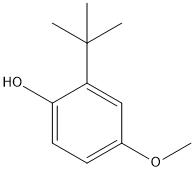Butylated hydroxyanisole: metabolism, hazards and applications in foods
Jun 29,2023
General Description
Butylated hydroxyanisole
(BHA), is commonly used as an antioxidant in various food products. It
prevents oxidative reactions in foods such as edible oils, XO sauce,
instant noodles, and meat products, helping to maintain their color,
odor, and overall quality during processing and storage. Butylated hydroxyanisole inhibits
lipid oxidation and has been effective in protecting against lipid
deterioration in fish, dried pork slices, carp, chicken, pork chops, and
frozen bacon slices. The metabolism of butylated hydroxyanisole involves transformation into
BHA-OH, tertiary butylhydroquinone, and dimers through processes like
demethylation and polymerization. While butylated hydroxyanisole has been beneficial as an
antioxidant, it has also been associated with potential hazards such as
obesity-related effects and toxicity, including carcinogenicity and
endocrine disruption. It is important to consider the authorized usage
and concentrations of butylated hydroxyanisole in food additives to ensure consumer safety.
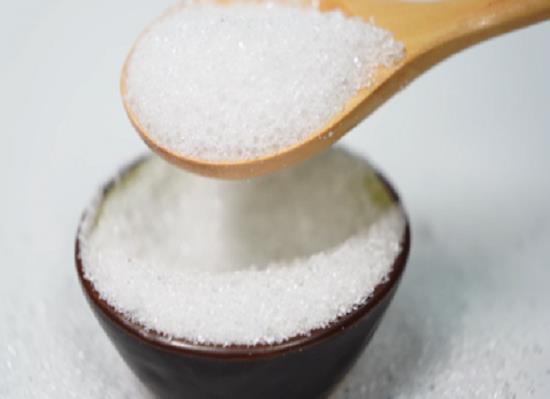
Figure 1. Butylated hydroxyanisole
Metabolism
The metabolism of butylated hydroxyanisole is different due to different targets. In food, butylated hydroxyanisole is mainly lost by two mechanisms under conditions of high temperature heating: volatilization and transformation. butylated hydroxyanisole in oil mainly forms dimers through polymerization. Di-BHA (1)-(4) are dimers formed by butylated hydroxyanisole free radicals, and di-BHA (1)-(4) are isomers. On the other hand, in isolated rat hepatocytes, when butylated hydroxyanisole is incubated with liver microsomes, the compound is metabolized to BHA-OH and tertiary butylhydroquinone, and a smaller amount of di-BHA. Among them, tertiary butylhydroquinone is the active metabolite produced by butylated hydroxyanisole through a demethylation reaction. In vivo studies have shown that butylated hydroxyanisole is mainly metabolized to tertiary butylhydroquinone in humans, dogs, rats and mouse, and this process is mediated by cytochrome P450. 1
Hazards
Obesity
Butylated hydroxyanisole isomers, commonly used as anthropogenic antioxidants in food, have been found to induce obesity-related effects through interference with the upstream events of the peroxisome proliferator-activated receptor γ (PPARγ) signaling pathway. Specifically, the isomer 3-tert-butyl-4-hydroxyanisole (3-BHA) and its mixture (BHA) were shown to promote adipocyte differentiation, enhance cellular lipid accumulation, and upregulate adipogenetic biomarkers. This effect was not observed with the isomer 2-tert-butyl-4-hydroxyanisole (2-BHA). The effective window for 3-BHA-induced lipogenesis was identified as the first four days during 3T3-L1 differentiation. Importantly, butylated hydroxyanisole isomers did not exhibit binding affinities for PPARγ but instead induced phosphorylation of cAMP-responsive element-binding protein (CREB), upregulation of CAAT/enhancer-binding proteins β (C/EBPβ), and elevated cell proliferation during postconfluent mitosis stage. Therefore, the authorized usage of butylated hydroxyanisole as food additives and its presence in human sera may contribute to the incidence of obesity, which raises significant concerns. 2
Toxicity
Butylated hydroxyanisole, as a synthetic phenolic antioxidant, can inhibit lipid peroxidation, protect animals from various biological agents, and prevent chemical tumour formation in some animals. In contrast to its beneficial effects, its toxicity and even carcinogenicity have been reported in some studies. Furthermore, a recent study found that butylated hydroxyanisole inhibits the biosynthetic pathways and ammonia detoxification that depend on ATP production in mitochondria and stimulates ROS production. In addition, in vitro studies have shown that butylated hydroxyanisole can cause testicular toxicity and estrogen activity. An in vitro study of SPAs interfering with steroid production in vivo and in vitro showed a significant increase in 17β-estradiol secretion, especially butylated hydroxyanisole, in SPAs treated H295R cells. In vivo experiments further confirmed that exposure to butylated hydroxyanisole can interfere with the secretion of steroid hormones in the gonads of zebrafish. Some other publications have indicated that butylated hydroxyanisole can influence lipid metabolism in vivo, accelerate lipid accumulation in microalgae Mychonastes afer, and its isomer, 3-BHA, can promote adipogenic differentiation of 3T3-L1, which also belong to one aspect of endocrine disrupting effects, and should be paid attention to. These results provide new evidence for SPAs as potential endocrine disruptors. Besides, in vivo study shows that after 96 h exposure, 8-OHdG immunofluorescence positive, denaturation and necrosis appeared in the brain of zebrafish larvae treated with BHA, the increase of 8-OHdG activity could lead to DNA oxidative damage. 3
![]() Applications in foods
Applications in foods
Butylated hydroxyanisole is commonly used as an antioxidant in various food products. It is added to edible oils, including soybean oil, to prevent oxidative reactions that can affect color, odor, and the overall quality of the food. Butylated hydroxyanisole is also utilized in the manufacturing of XO sauce, instant noodles, and meat products to prevent deterioration during processing and storage. By inhibiting lipid oxidation, butylated hydroxyanisole helps maintain the freshness and safety of these food items. Studies have shown its effectiveness in protecting against lipid oxidation in fish, dried pork slices, carp, chicken, pork chops, and frozen bacon slices. Overall, butylated hydroxyanisole plays a crucial role in enhancing food preservation, maintaining product quality, and ensuring consumer safety. 1
Reference
1. Xu X, Liu A, Hu S, et al. Synthetic phenolic antioxidants: Metabolism, hazards and mechanism of action. Food Chem, 2021, 353:129488.
2. Sun Z, Yang X, Liu QS, et al. Butylated hydroxyanisole isomers induce distinct adipogenesis in 3T3-L1 cells. J Hazard Mater, 2019, 379:120794.
3. Baran A, Yildirim S, Ghosigharehaghaji A, Bolat ?, Sulukan E, Ceyhun SB. An approach to evaluating the potential teratogenic and neurotoxic mechanism of BHA based on apoptosis induced by oxidative stress in zebrafish embryo (Danio rerio). Hum Exp Toxicol, 2021, 40(3):425-438.
- Related articles
- Related Qustion
- Uses of Butylated hydroxyanisole Dec 1, 2021
Butylated hydroxyanisole (BHA) is an antioxidant consisting of a mixture of two isomeric organic compounds, 2-tert-butyl-4-hydroxyanisole and 3-tert-butyl-4-hydroxyanisole. It is prepared from 4-methoxyphenol and isobutylene. It is a waxy s
Levulinic acid is derived from glucose or fructose, and it has multiple uses in drug synthesis and as a chemical modifier.....
Jun 29,2023APIGMA is a highly reactive monomer with an epoxy group and a methacrylate functional group. GMA demonstrates good biocompatibility, making it valuable for biomedical applications.....
Jun 30,2023APIButylated hydroxyanisole
25013-16-5You may like
Butylated hydroxyanisole manufacturers
- Butylated Hydroxyanisole BHA
-
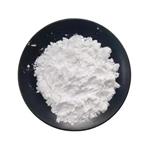
- $18.00 / 10kg
- 2024-05-10
- CAS:25013-16-5
- Min. Order: 1kg
- Purity: 99.9
- Supply Ability: 5000
- Butylated hydroxyanisole
-
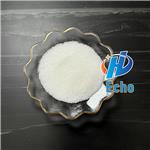
- $10.00/ kg
- 2024-04-29
- CAS:25013-16-5
- Min. Order: 1kg
- Purity: 99.7%
- Supply Ability: 200000kg
- Butylated Hydroxyanisole BHA
-
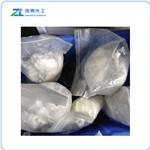
- $120.00 / 1kg
- 2024-04-28
- CAS:25013-16-5
- Min. Order: 1kg
- Purity: 99%
- Supply Ability: 20ton




